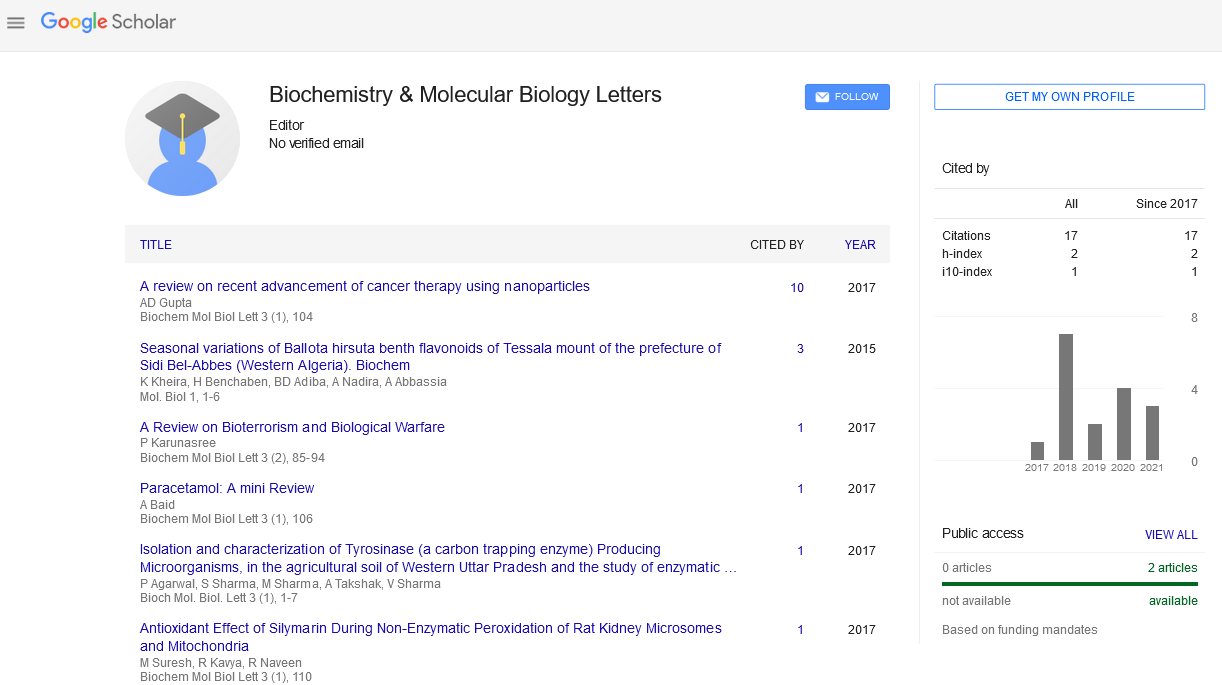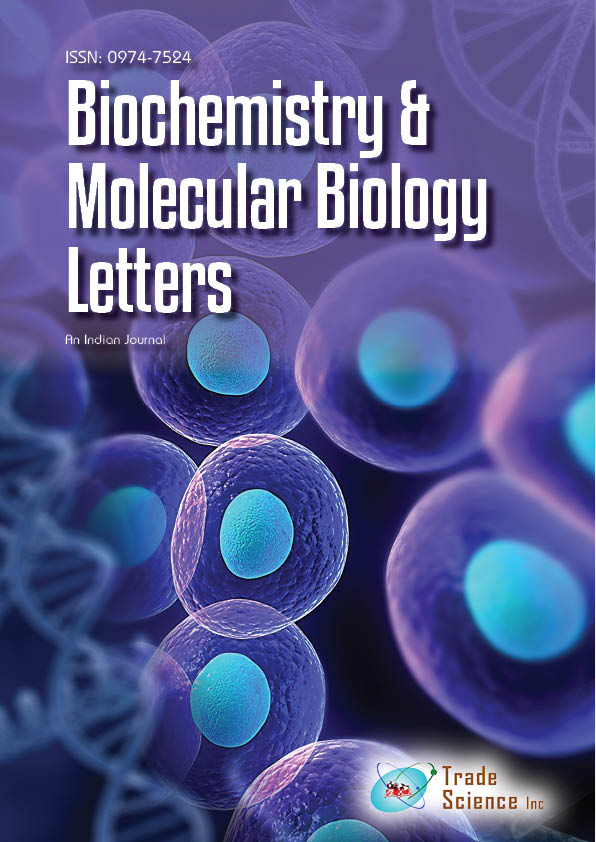Abstract
Analysis on the molecular biologic characteristics and expression of lysozymeCseparated from Oplegnathus fasciatus
Author(s): Dong-Hee Jo, Dae-Won Park, Cheul Min An, Bo-Hye Nam, Ji-Min Jeong, Ju-Won Kim, Chan-Il ParkBackground and Aim: lysozyme has been known as a significant component of the innate immune system of fish. It is reported that the g-type and c-type lysozymes have been identified in fish. Oplegnathus fasciatus is one of the economically important cultured species, generating higher market value and demands in Korea. Contrary to the heavy consumption of O. fasciatus, however, there has been very limited information on their immune system and immunity genes responding against diseases. Methods: This study clarified the molecular biological characteristics of cDNA of the C-type lysozyme from O. fasicatus and conducted phylogency analysis. Furthermore, tissue-specific expression analysis of genes verified the roles of c-type lysozyme in general circumstances. Results: The full-length RbLysC cDNA was 985 bp long and contained an ORF of 432 bp that encoded 143 aa residues, the 5'-UTR of 120 bp and the 3'-UTR of 444 bp. Signal peptide was not found in the terminal and flanking active aspartate region are conserved in RbLysC, and a polyadenylation signal and poly A-tail are present in the 3'-UTR of RbLysC. RbLysC presented the closest distant relationship with sequences from Yellow perch lysozyme C. The highest RbLysC gene expression was observed in the liver, which was about 50-fold relative to that of the PBLs.

